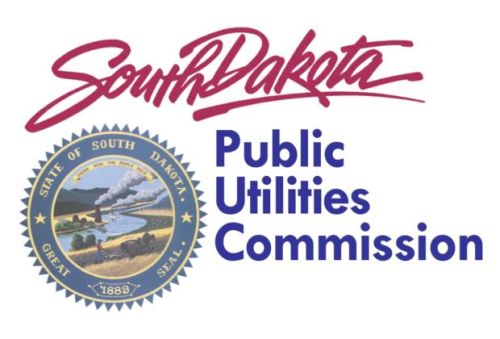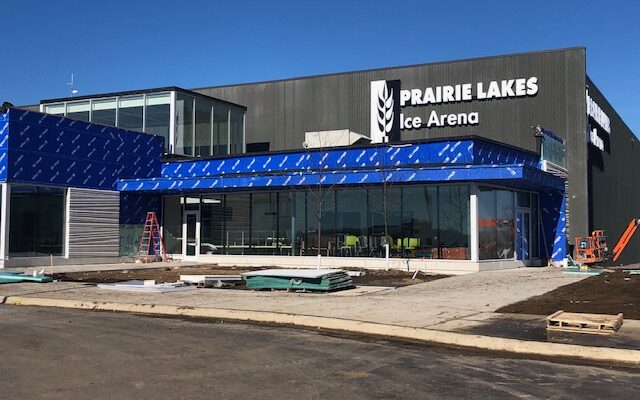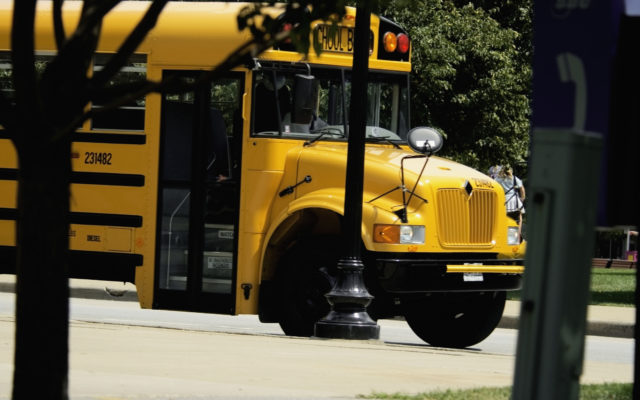Crop damage payouts debated as pipeline hearing continues

August 1, 2023
Joshua Haiar
FORT PIERRE, S.D.–A company touted its plan to reimburse crop damages caused by the installation of its proposed carbon capture pipeline, and an opposing attorney criticized the plan Monday during the fourth day of a permit hearing before state regulators at the Casey Tibbs Rodeo Center in Fort Pierre. Meanwhile, an expert witness for the company testified that the pipeline is safe after prior testimony suggesting otherwise.
Stephen Lee is the executive vice president of engineering and construction for Navigator CO2, the company proposing the Heartland Greenway pipeline. He said the company will pay landowners “250% of crop damages” for as long as damages occur.
Brian Jorde, the lawyer representing landowners, said that language is misleading. He said landowners could suffer enough damage to receive 100% in each of years one and two, but would then be limited to 50% in year three and nothing more going forward because of the 250% cap.
Joshua Haiar with South Dakota Searchlight reports the proposed 1,300-mile, approximately $3 billion Heartland Greenway pipeline would link 21 ethanol plants and several fertilizer plants across five states. Carbon dioxide emitted by the plants would be captured and transported for injection underground in Illinois (where it wouldn’t contribute to climate change by trapping heat in the atmosphere) or sold for commercial or industrial use. The project would include 111.9 miles of pipeline in eastern South Dakota, crossing rural land in Brookings, Moody, Minnehaha, Lincoln and Turner counties. The project needs a permit from the state Public Utilities Commission, which is conducting the hearing.
On the topic of crop damages, Jorde asked Lee, “What is Navigator’s written protocol for determining what ‘actual damages’ are?”
“I’d say we estimate, initially,” Lee said. He said the company would then work with the landowner and take other factors, like crop yields, into account.
Jorde later asked Lee about the duration of the rights the company is seeking on land that the pipeline would cross.
“Is it not perpetual, in perpetuity, forever?” Jorde asked.
“It could be,” Lee said. “The easement is valid for the terms of the easement, for as long as we are a party to that and for as long as the utilization of the pipeline system.”
Lee previously testified that the company has offered landowners an average of $24,000 per acre in easement negotiations. Navigator has easements with about 30% of the owners of land the pipeline would cross. The company has not yet used eminent domain, a legal process to gain access to land when an agreement can’t be reached with a landowner.
John F. Godfrey, a pipeline safety consultant contracted by the company, defended the modeling the company used to assess the impacts of a leak or rupture. That followed testimony from last week when John Abraham, a University of St. Thomas professor, testified that compared to alternative modeling methods, the software Navigator CO2 used to model the impacts of potential ruptures or leaks is “less accurate and often underpredicts how far a plume would go.”
Godfrey, who did some of the company’s modeling, was asked if the model Abraham advised is superior. Godfrey said, “Possibly not, depending on how it’s applied.”
Opponents have concerns about carbon dioxide plumes from potential pipeline leaks. In 2020, a leak in a carbon pipeline in Mississippi caused the evacuation of about 200 people and sent 45 to the hospital. In response, federal regulators are reviewing the safety standards for carbon capture pipelines.
“Pipelines are the safest mode of transporting a commodity,” Godfrey said.
Lee said the company has already spent “hundreds of thousands on 225-plus models.” He said the company is still early in the process and will start doing the modeling Abraham advised, but he thinks it’s likely that data “will confirm our current modeling.”
Public Utilities Commissioner Gary Hanson said that while the company may see itself as being early in the permitting process – given the number of states where permitting has yet to happen – the commissioners need to make a decision “60 days from today.”
The Heartland Greenway is one of two proposed carbon pipelines that would pass through South Dakota. A pipeline proposed by Summit Carbon Solutions is scheduled for a permit hearing in September.
At the end of Monday’s proceedings on the Heartland Greenway pipeline, the hearing recessed until Tuesday.




